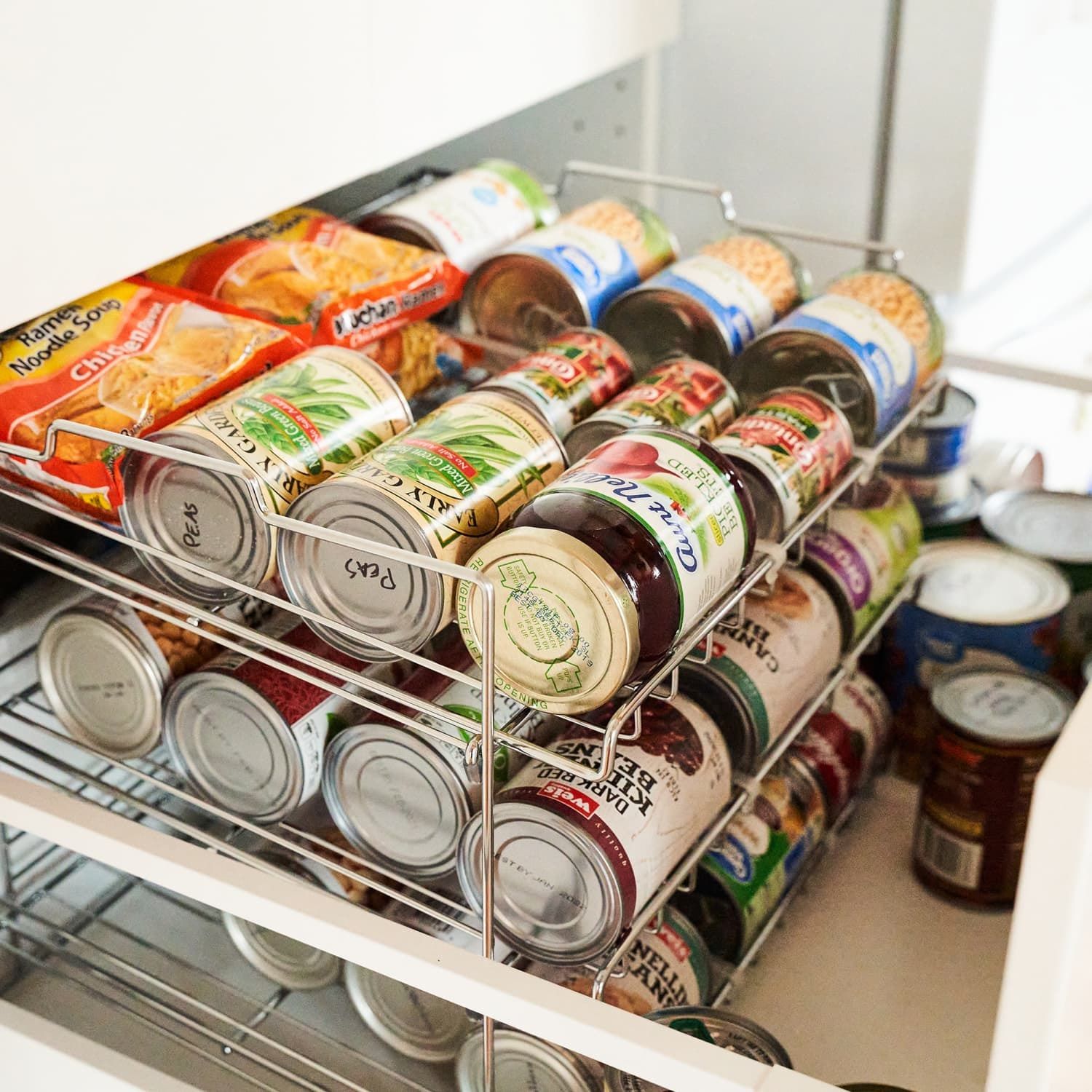

Articles
How To Store Canned Goods
Modified: March 2, 2024
Learn the best methods for storing canned goods in this informative article. Find helpful tips and tricks for maximizing shelf life and preserving quality.
(Many of the links in this article redirect to a specific reviewed product. Your purchase of these products through affiliate links helps to generate commission for Storables.com, at no extra cost. Learn more)
Introduction
Canned goods are a staple in many households, providing convenience and long shelf life for a variety of food items. Whether it’s canned fruits, vegetables, soups, or meats, these preserved foods offer a quick and easy solution for busy individuals or in times of emergency. However, proper storage of canned goods is crucial to ensure their freshness, taste, and nutrition are maintained over time.
In this article, we will explore the importance of proper storage for canned goods and provide practical tips on selecting the right storage area, preparing the goods for storage, and organizing them for easy access. By following these guidelines, you can maximize the shelf life of your canned goods and ensure that they are in optimal condition for consumption.
Key Takeaways:
- Proper storage of canned goods is crucial for maintaining their quality, taste, and nutritional value. Factors such as temperature control, moisture prevention, and organization play a key role in preserving canned goods for long-term use.
- Regularly checking and rotating canned goods is essential to ensure freshness, minimize waste, and maintain an efficient pantry or storage area. Implementing the FIFO method, visual inspection, and donation of close-to-expiration items are key practices for effective canned goods management.
Read more: How To Store Canned Goods In Cabinet
Why Proper Storage of Canned Goods is Important
Proper storage of canned goods is essential for several reasons. Firstly, it helps to maintain the quality, taste, and nutritional value of the food. Canned goods are typically processed and sealed to preserve their contents, but improper storage can lead to degradation of the food and loss of nutrients. By storing them correctly, you can extend their shelf life and ensure that they retain their flavor and nutritional benefits.
Additionally, proper storage minimizes the risk of spoilage or contamination. Canned goods are susceptible to various factors such as extreme temperatures, exposure to light, moisture, and pests. Inappropriate storage conditions can lead to the growth of bacteria, yeast, or mold, which can spoil the food and pose health risks when consumed. A well-maintained storage area helps to prevent these issues and ensures that the canned goods remain safe for consumption.
Furthermore, organizing and managing your canned goods properly allows for easier inventory control. By keeping track of the expiration dates and rotating your stock regularly, you can avoid wastage and make the most of your supplies. This is particularly important during emergencies or times of scarcity when having a well-stocked pantry can be a lifesaver.
Lastly, proper storage can save you money in the long run. When canned goods are stored correctly, they have a longer shelf life, reducing the need for frequent replacements. This helps to prevent food waste and enables you to utilize your resources efficiently. By taking the time to establish a proper storage system, you can save both time and money while ensuring that your canned goods are always in the best condition.
Selecting the Right Storage Area
Selecting the right storage area for your canned goods is crucial to ensure their longevity and quality. Here are some key factors to consider when choosing the ideal space for storing your canned goods:
1. Temperature: Canned goods are best stored in a cool, dry place. Avoid areas that are prone to extreme temperatures, such as near radiators or ovens. Fluctuations in temperature can lead to spoilage or damage to the cans. Aim for a storage area with a consistent temperature range of 50-70°F (10-21°C).
2. Light: Exposure to light can cause the nutrient content and quality of canned goods to deteriorate over time. Choose a storage area that is dark or has minimal light exposure. If your designated storage area has windows, consider covering them with curtains or blinds to minimize light exposure.
3. Moisture: Moisture or high humidity levels can lead to the growth of mold and compromise the quality of your canned goods. Avoid storing them in damp or humid areas such as basements or areas prone to water leaks. Opt for a dry storage space with good air circulation.
4. Pest control: Protecting your canned goods from pests is essential to prevent contamination and damage. Ensure that the storage area is free from rodents, insects, and other pests. Use airtight containers or sealable bags to further safeguard your canned goods from any potential infestations.
5. Accessibility: Choose a storage area that is easily accessible for frequent retrieval. This will make it convenient to rotate your stock and check for any expired cans. Consider using shelves or organizers to maximize space and keep your canned goods organized.
Common storage areas for canned goods include pantries, basements or cellars, garages, or sheds. Each option has its advantages and disadvantages, so it’s important to choose the one that suits your specific needs and conditions.
Remember, the key is to create a consistent and suitable environment for your canned goods to ensure their longevity and quality. By selecting the right storage area, you can protect your investment and ensure that your canned goods are always ready to be enjoyed.
Preparing Canned Goods for Storage
Before storing your canned goods, it’s important to properly prepare them to ensure their longevity and quality. Follow these steps to prepare your canned goods for storage:
1. Inspect the cans: Before storing, carefully inspect each can for any signs of damage, such as dents, bulges, or rust. Damaged cans can indicate compromised seals and can potentially lead to spoilage. Discard any cans that show signs of damage.
2. Clean the cans: Wipe down the exterior of the cans with a clean, damp cloth to remove any dirt or dust. This will help prevent any potential contaminants from entering the storage area.
3. Label and organize: Take the time to label each can with the contents and date of purchase or expiration. This will help you keep track of your inventory and easily identify which cans should be consumed first. Organize your canned goods by category (e.g. fruits, vegetables, soups) or by expiration date for easier rotation.
4. Remove excess packaging: If your canned goods come in cardboard packaging or plastic wrap, consider removing them. This reduces the risk of pests and helps maximize storage space.
5. Consider additional protection: To further protect your canned goods, you can place them in plastic storage bins or use plastic wrap or bags to create an additional layer of defense against moisture and pests.
6. Store opened cans properly: If you have partially consumed a canned good, transfer the contents into a clean, airtight container and refrigerate it promptly. Opened canned goods typically have a shorter shelf life and should be consumed within a few days.
By following these simple steps, you can ensure that your canned goods are well-prepared for storage. Taking the time to properly inspect, clean, label, and organize your cans will not only help preserve their quality, but also make it easier for you to manage your inventory and enjoy your canned goods over time.
Storing Canned Goods in Pantry
The pantry is a popular choice for storing canned goods due to its accessibility and convenience. Follow these tips to effectively store your canned goods in the pantry:
1. Optimal location: Choose a cool, dry area of your pantry for storing canned goods. Avoid placing them near heat sources such as the stove or direct sunlight, as this can affect their quality and shelf life.
2. Use sturdy shelves: Make sure your pantry shelves are strong and sturdy enough to support the weight of your canned goods. Consider using wire or adjustable shelves that can accommodate different sizes of cans.
3. Group by category: Organize your canned goods by category to make it easier to locate specific items. Group similar items together, such as fruits, vegetables, soups, or meats. You can also arrange them alphabetically or by expiration date for easier rotation.
4. FIFO method: Practice the “first in, first out” (FIFO) method to ensure that you use the oldest cans first. Place newly purchased or stocked cans at the back of the shelf and move the older ones to the front. This helps prevent cans from expiring or going unused.
5. Avoid overcrowding: Avoid overcrowding your pantry shelves to allow for better airflow and visibility. Overcrowded shelves may make it difficult to find items or lead to cans being pushed to the back and forgotten.
6. Consider can organizers: Use can organizers or risers to maximize vertical space and make it easier to see and access your canned goods. These organizers can be stackable or adjustable, allowing you to create a customized storage solution.
7. Check for expiration dates: Regularly inspect your canned goods for expiration dates. Remove any cans that are expired or nearing expiration and plan to use them soon to avoid waste.
8. Keep it clean: Regularly clean your pantry to prevent the buildup of dust or debris. Wipe down shelves with a clean, damp cloth and vacuum or sweep the floor to keep your pantry clean and organized.
By following these guidelines, you can efficiently store your canned goods in the pantry. Keeping them properly organized, rotated, and visible will help you make the most of your pantry space and ensure that your canned goods are always ready for use.
Store canned goods in a cool, dry place away from direct sunlight. Avoid storing them in areas with high humidity or extreme temperatures, as this can affect the quality and shelf life of the products.
Read more: How To Store Canned Goods In Pantry
Storing Canned Goods in Basement or Cellar
Basements or cellars can be an ideal storage area for canned goods, as they are typically cool and dark. Here are some tips to effectively store your canned goods in the basement or cellar:
1. Temperature control: Ensure that the temperature in your basement or cellar remains relatively cool, ideally between 50-70°F (10-21°C). Avoid storing canned goods in areas that are prone to extreme temperature fluctuations, as this can affect the quality of the food.
2. Moisture prevention: Basements or cellars can be susceptible to moisture and high humidity levels. To prevent damage to your canned goods, invest in a dehumidifier or use moisture-absorbing packs or silica gel packs to reduce humidity. Consider using sturdy plastic bins or shelving units with good ventilation to keep your cans off the floor and away from any potential water leaks.
3. Pest control: Basements can attract pests such as rodents or insects, which can damage or contaminate your canned goods. Seal any cracks or openings that pests may use to enter the storage area. Use pest traps, repellents, or natural deterrents like peppermint oil to keep pests at bay. Regularly inspect your basement or cellar for any signs of infestation and promptly address them.
4. Organization: Arrange your canned goods in well-organized and clearly labeled storage bins or shelving units. Group similar items together and consider using wire baskets or plastic dividers for further organization. This will make it easier to locate specific items and keep track of your inventory.
5. Rotation and checking for expiration dates: Just like in the pantry, practice the FIFO method (first in, first out) in the basement or cellar. Ensure that you regularly check your canned goods for expiration dates and rotate them accordingly. This will help you avoid using expired products and make the most of your supplies.
6. Easy access and lighting: Make sure your basement or cellar storage area is well-lit and easily accessible. Install proper lighting to ensure that you can see and retrieve your canned goods safely. Consider adding additional shelving or utilizing vertical space to maximize storage capacity.
7. Regular maintenance: Regularly inspect and clean your canned goods storage area. Remove any dust, cobwebs, or debris that may accumulate over time. Wipe down shelves and bins to keep them clean and free from contaminants.
By following these recommendations, you can effectively store your canned goods in the basement or cellar. Keep in mind that proper temperature, moisture control, and organization are essential to maintain the quality and longevity of your canned goods in these storage areas.
Storing Canned Goods in Garage or Shed
While not the most ideal location, garages or sheds can be used for storing canned goods if necessary. Here are some tips to consider when storing your canned goods in a garage or shed:
1. Temperature fluctuations: Garages and sheds are typically more prone to temperature fluctuations compared to a controlled indoor environment. Extreme temperatures can affect the quality and shelf life of canned goods. If possible, choose an area of the garage or shed that is less exposed to direct sunlight or extreme heat or cold. Consider insulating the storage area to help regulate the temperature to a certain extent.
2. Moisture and humidity: Garages and sheds may be more prone to moisture and humidity, especially in humid climates or during rainy seasons. To minimize the risk of moisture damage, store your canned goods in sealed, waterproof plastic containers or bins. Elevate containers off the ground to prevent contact with any potential floor dampness.
3. Pest control: Garages and sheds can attract pests such as rodents, bugs, or insects. Take precautions by sealing any cracks, gaps, or openings that pests can access. Use pest traps or repellents to deter pests and regularly inspect the storage area for signs of infestation. Consider placing mothballs or peppermint oil-soaked cotton balls near the containers to repel pests.
4. Shelving and organization: Utilize sturdy and secure shelving units to store your canned goods. Make sure the shelves are able to handle the weight of the cans. Group similar items together and label each container or shelf to keep track of your inventory. Consider using vertical space and adjustable shelving to maximize storage capacity.
5. Rotation and inspection: As with any other storage area, practice the FIFO (first in, first out) method to ensure that you are consuming the oldest cans first. Regularly inspect your canned goods for any signs of damage, such as dents or bulges, as this may indicate compromised seals. Check the expiration dates on the cans and discard any expired products.
6. Lighting: Adequate lighting is important for easy access and to prevent accidents when retrieving cans from the storage area. Install proper lighting fixtures or consider using battery-operated electric lanterns or LED lights to ensure good visibility.
7. Regular maintenance: Regularly clean and organize the storage area to prevent the buildup of dust or debris. Wipe down shelves, sweep the floor, and check for any signs of damage or deterioration.
Remember, storing canned goods in a garage or shed should be a last resort option if you don’t have other suitable spaces available. If possible, try to prioritize more controlled environments such as pantries or basements for optimal storage conditions.
Organizing Canned Goods for Easy Access
Proper organization of your canned goods not only helps you maintain an orderly storage space but also allows for easy access and efficient inventory management. Here are some tips for organizing your canned goods:
1. Categorize your cans: Group your canned goods by category to make it easier to locate specific items. Consider categorizing them based on food type such as fruits, vegetables, soups, or meats. You can also organize them according to meal types or frequency of use.
2. Use labels or markers: Label each can or container with the contents and date of purchase or expiration. This helps you quickly identify and select the can you need, reducing the time spent searching through your inventory. If using opaque containers, consider using adhesive labels or markers to make the labels more visible.
3. Arrange cans by height: Stack cans of similar height together to maximize vertical space. This prevents can tops from becoming inaccessible when stacking taller cans in front of them. Adjust shelf heights or use risers to create different levels and accommodate cans of different sizes.
4. Utilize bins or baskets: Consider using clear or labeled plastic bins or baskets to group cans of similar categories together. This keeps cans organized, prevents them from rolling around, and makes it easier to pull out an entire category when needed.
5. FIFO method: Practice the “first in, first out” (FIFO) method to ensure you consume the oldest cans first and minimize waste. Place newly purchased cans at the back of the storage area or on the bottom of the stack and bring the older cans to the front or top. This rotation system helps maintain freshness and prevents cans from expiring unused.
6. Store open cans properly: If you have partially used a canned good, transfer the leftovers to a clean, airtight container and label it with the contents and date. Place it in a separate section of your storage area or in the refrigerator, if necessary. Make a note to consume these opened cans within a few days.
7. Keep a visual inventory: Periodically take stock of your canned goods to update your inventory. This helps you identify what needs to be replenished and avoid over-purchasing the same items. Take note of the quantities and expiration dates to plan your meals effectively.
8. Maintain cleanliness: Regularly clean and tidy your storage area to prevent the accumulation of dust, spillages, or pests. Wipe down shelves, inspect for damages, and address any issues promptly.
By implementing these organization tips, you will be able to create a streamlined and efficient system for storing and accessing your canned goods. Having a well-organized storage area makes meal preparation easier and keeps your canned goods in optimal condition for longer periods.
Checking and Rotating Canned Goods
Regularly checking and rotating your canned goods is crucial to ensure their freshness and avoid waste. Here are some guidelines for effectively checking and rotating your canned goods:
1. Expiration dates: Pay close attention to the expiration dates on your canned goods. Take note of the “best by” or “use by” dates, as well as any recommended storage guidelines provided by the manufacturer. It’s important to consume canned goods before their expiration date to ensure their quality and nutritional value.
2. First in, first out (FIFO): Practice the FIFO method by using the oldest cans first. When adding new cans to your storage area, place them at the back or bottom of the stack, pulling the older cans to the front or top. By following this rotation system, you can ensure that the cans are consumed in a timely manner and avoid having expired or unused cans.
3. Regular inventory checks: Set aside time to regularly inventory and assess your canned goods. This will help you keep track of what you have and identify any items that are approaching their expiration dates. Create a system to record the contents, quantity, and expiration dates of your canned goods to aid in meal planning and stock replenishment.
4. Visual inspection: Along with checking expiration dates, visually inspect each can for signs of damage or bulging. Cans that are dented, rusted, or swollen may indicate compromised seals, increasing the risk of spoilage or contamination. Discard any cans that show signs of damage or have passed their expiration date.
5. Donate or use close-to-expiration items: If you find canned goods that are nearing their expiration date, consider incorporating them into your meal plans or donating them to food banks or charitable organizations. This helps prevent food waste and benefits those in need.
6. Keep track of opened cans: When partially using a canned good, transfer the leftovers to a clean, airtight container and refrigerate them promptly. Clearly label the container with the contents and date, and make a plan to consume these opened cans within a few days to maintain their freshness.
7. Don’t overstock: While it’s good to have a variety of canned goods on hand, try not to overstock to the point where you can’t reasonably consume them before their expiration dates. Be mindful of the quantities you buy and consider your household’s consumption habits when restocking.
By regularly checking and rotating your canned goods, you can ensure the freshness, quality, and safety of the food you consume. This practice helps reduce waste, save money, and maintain an organized and efficient household pantry or storage area.
Read more: How To Store Dry Goods
Conclusion
Proper storage of canned goods is essential for preserving their quality, taste, and nutritional value. Selecting the right storage area, preparing the cans for storage, and organizing them for easy access are key steps to ensure the longevity of your canned goods.
Whether you choose to store your canned goods in a pantry, basement, cellar, garage, or shed, it’s important to consider factors such as temperature control, moisture prevention, pest control, and proper organization. Each storage area has its own advantages and limitations, so it’s essential to adapt your storage methods accordingly.
By categorizing your canned goods, using labels, and arranging cans based on height, you can create an organized system that allows for easy access and rotation. Implementing the FIFO method helps you consume the oldest cans first and reduce the risk of waste by maintaining a visual inventory and regularly checking for expiration dates.
Maintaining cleanliness and regular inspection of your storage area will help prevent spoilage, pest infestations, and ensure the freshness of your canned goods. By properly preparing your canned goods for storage, you can prolong their shelf life, avoid food waste, and save money in the long run.
Ultimately, proper storage of canned goods is about striking a balance between convenience and preservation. Whether for everyday use or emergency situations, having a well-organized and properly maintained storage system for your canned goods ensures that you always have safe and nutritious food on hand.
So, take the time and effort to implement these storage and organization strategies to ensure the longevity and quality of your canned goods. By doing so, you can enjoy the convenience they offer while maintaining their freshness and nutritional value for as long as possible.
Frequently Asked Questions about How To Store Canned Goods
Was this page helpful?
At Storables.com, we guarantee accurate and reliable information. Our content, validated by Expert Board Contributors, is crafted following stringent Editorial Policies. We're committed to providing you with well-researched, expert-backed insights for all your informational needs.
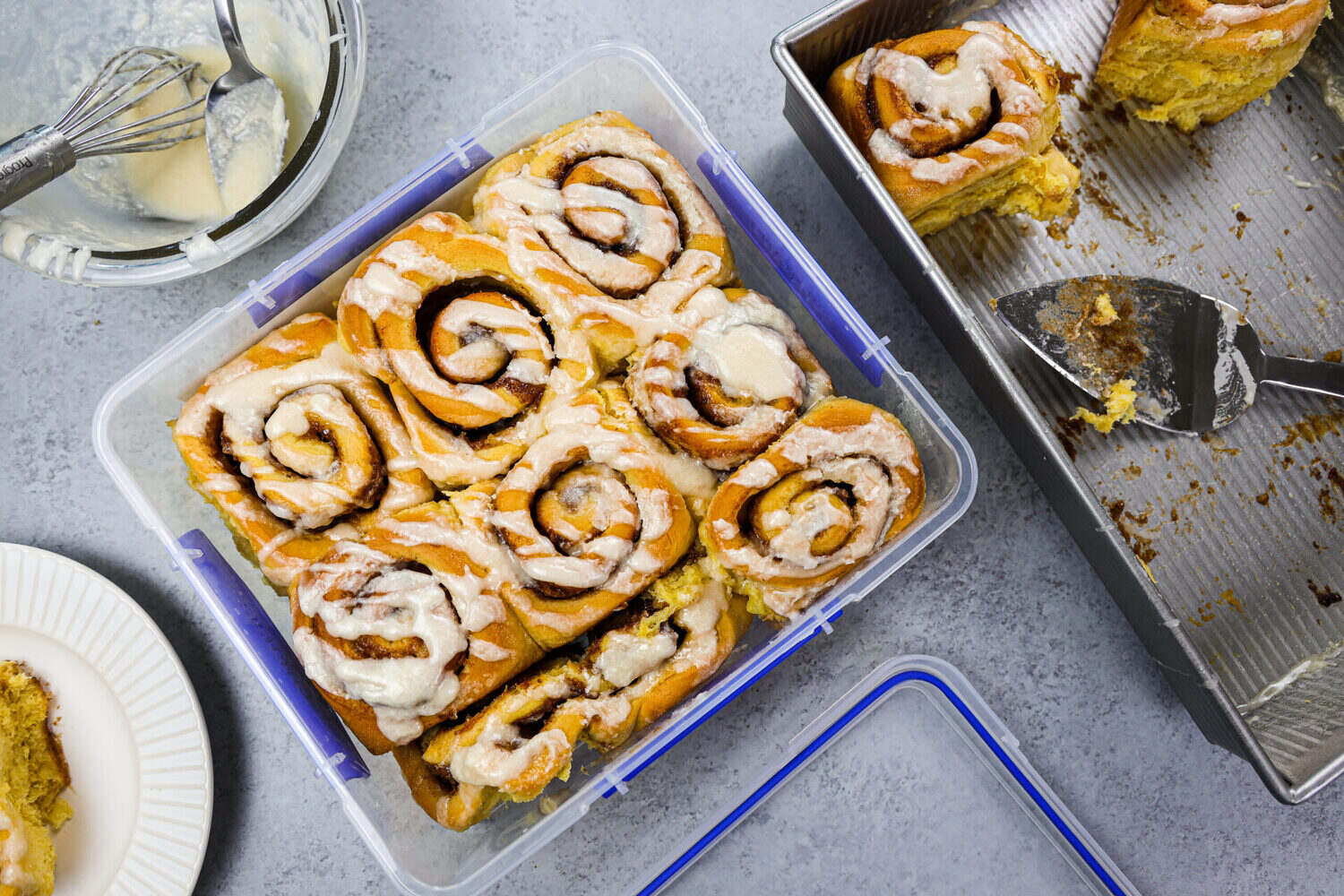
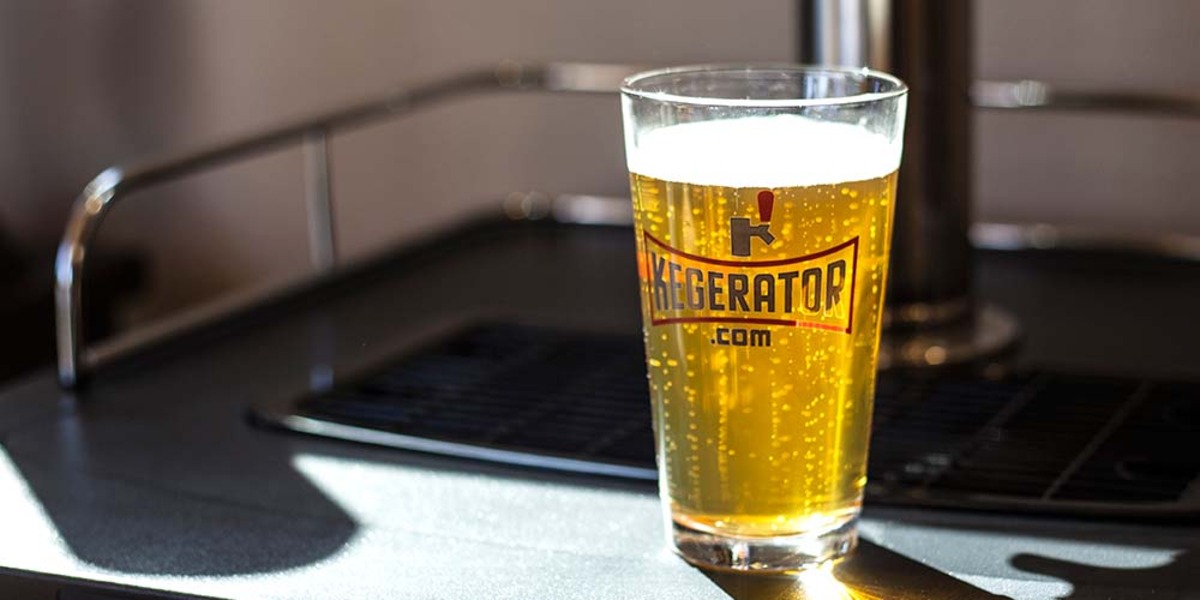

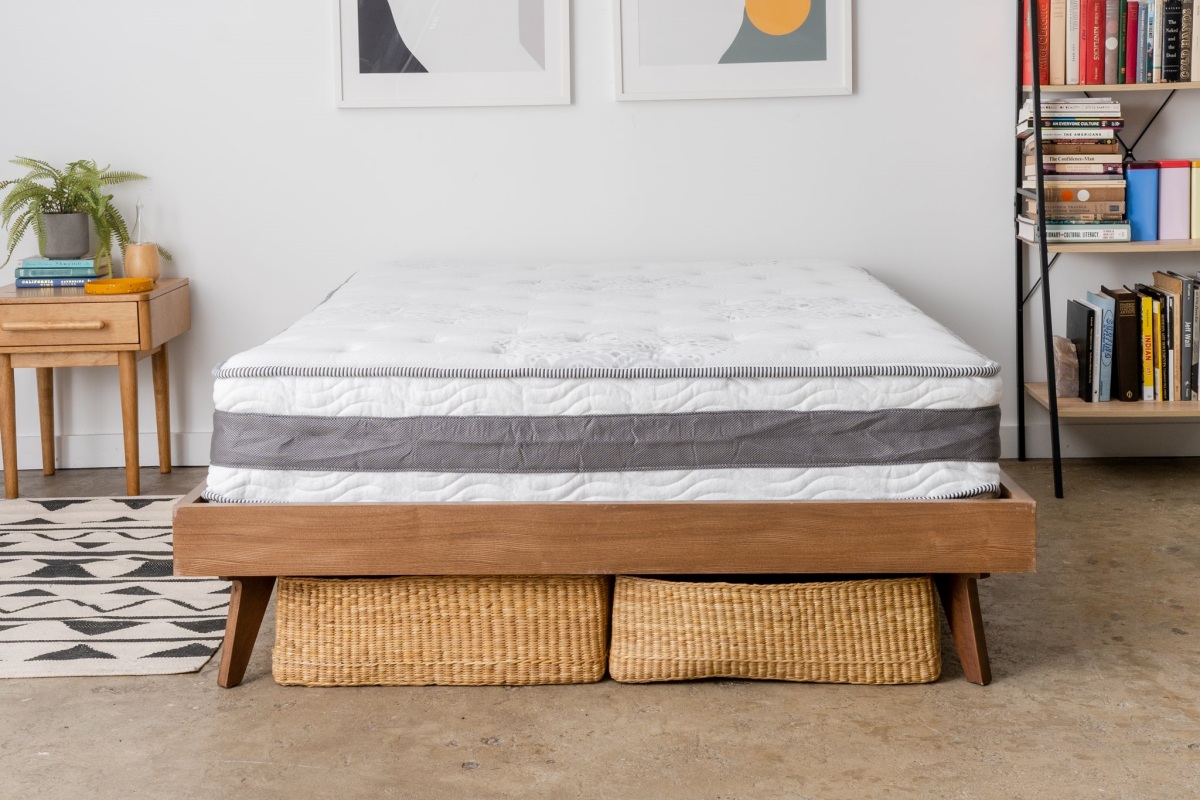
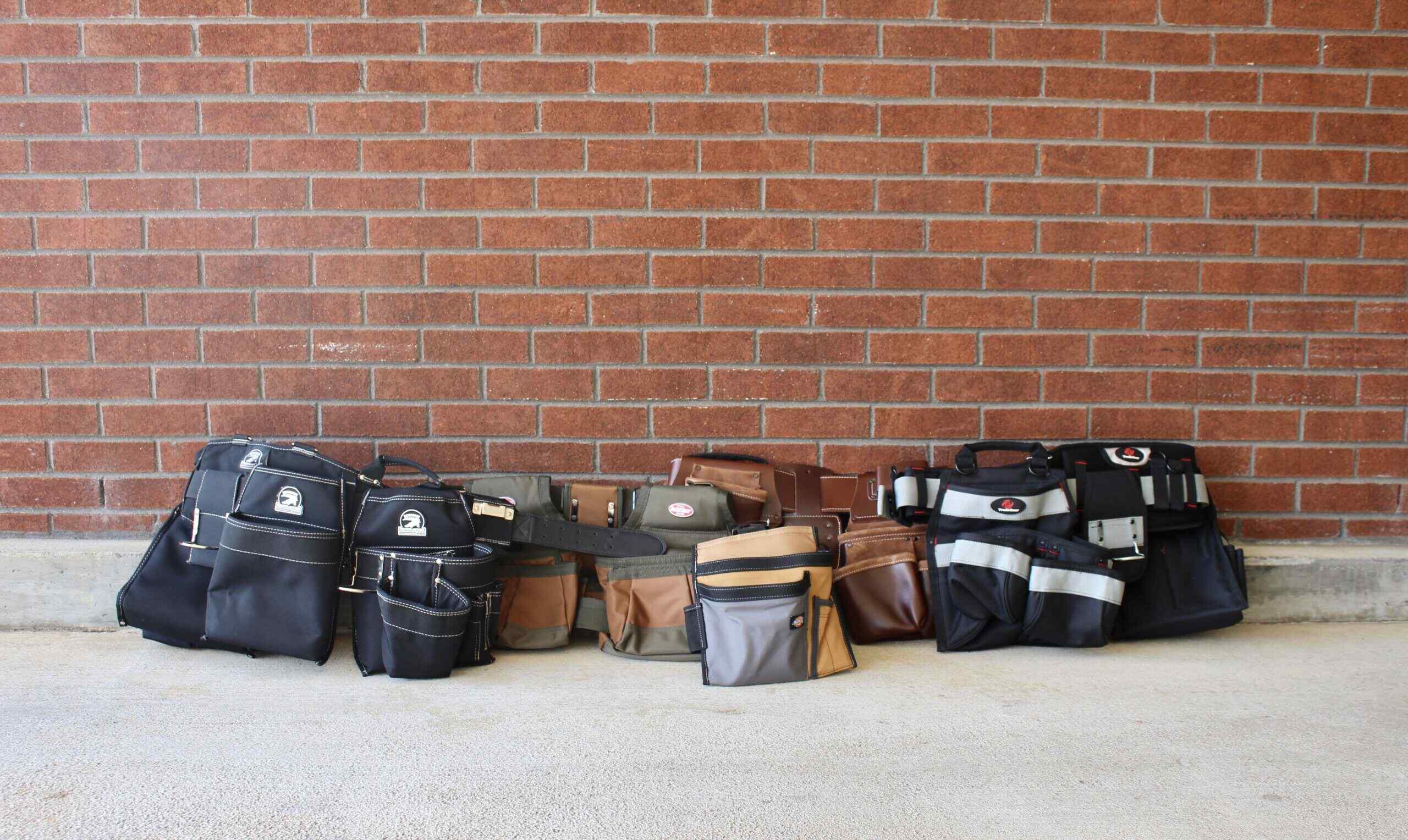
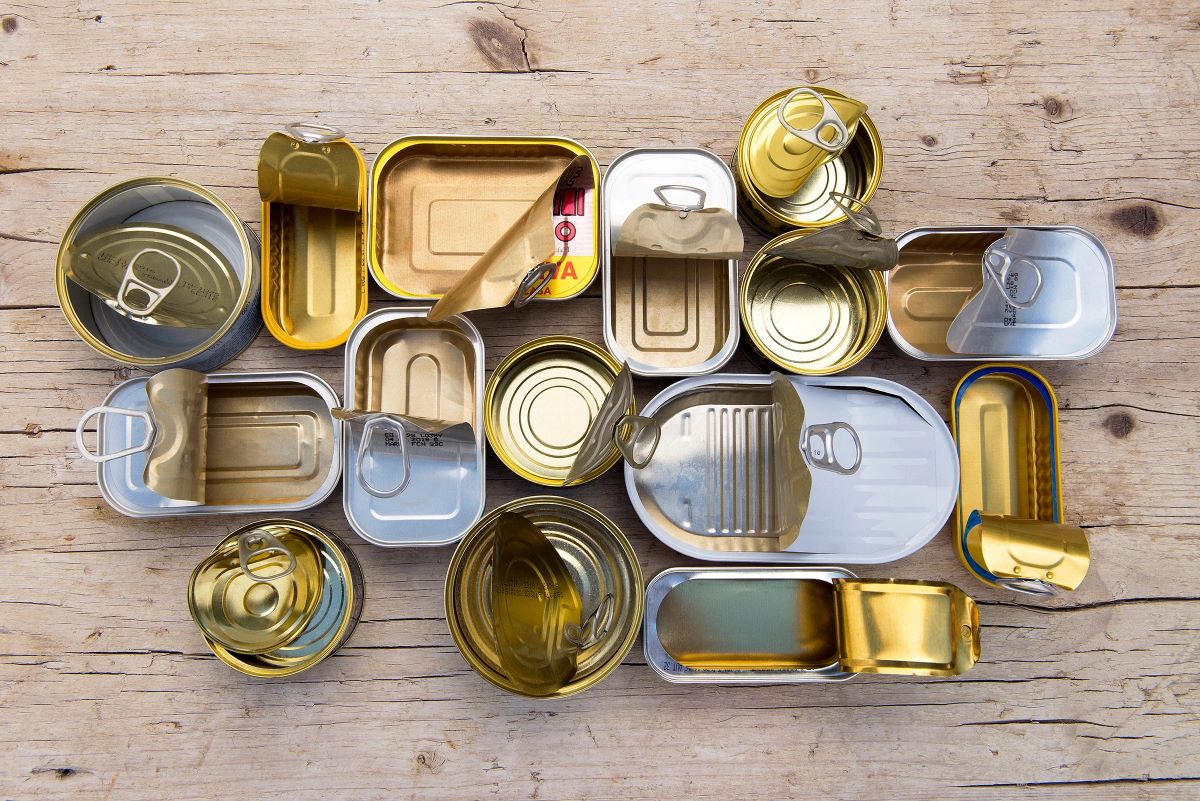
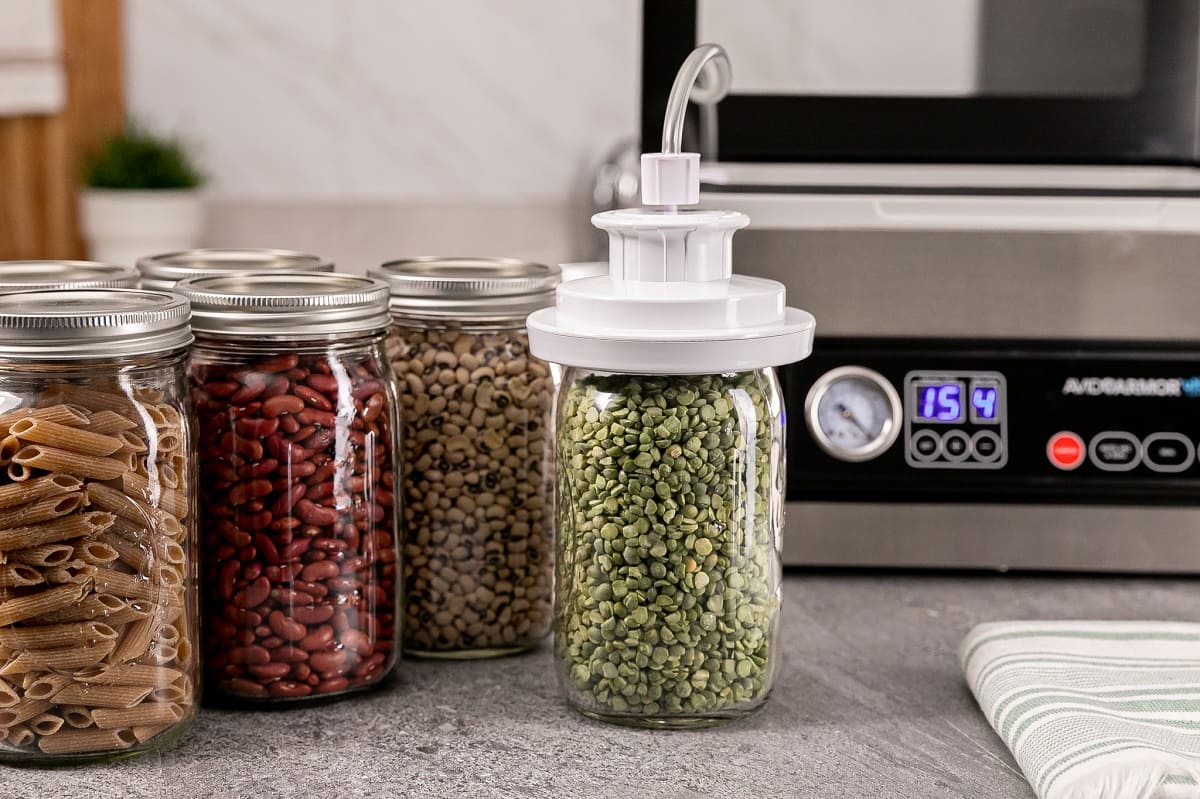
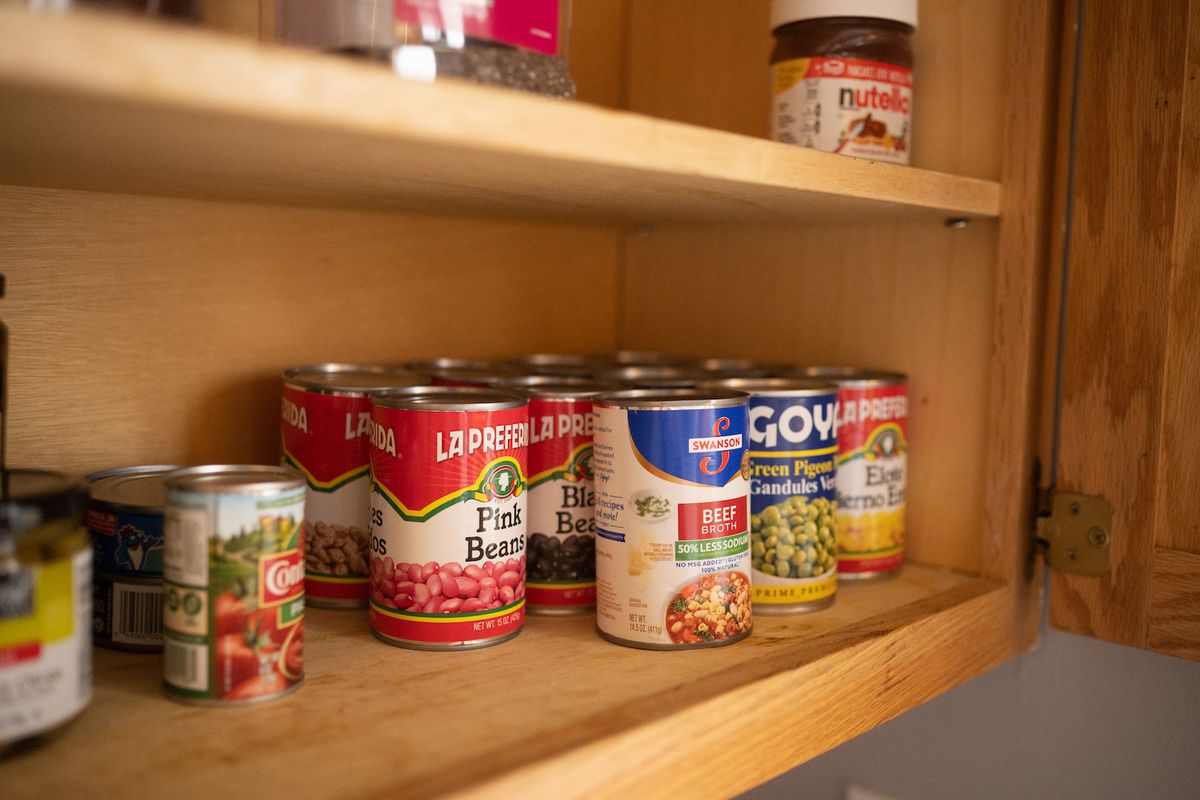

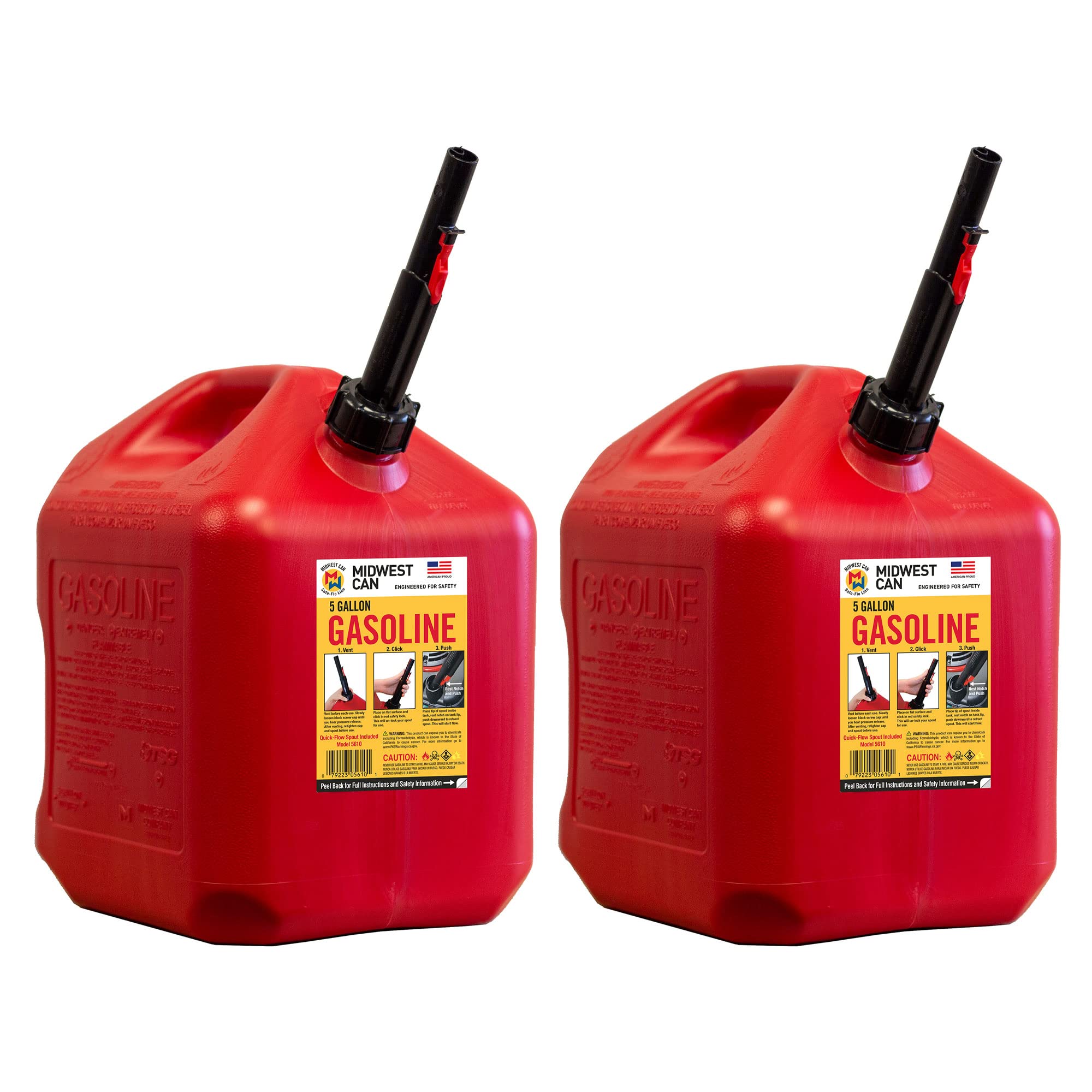
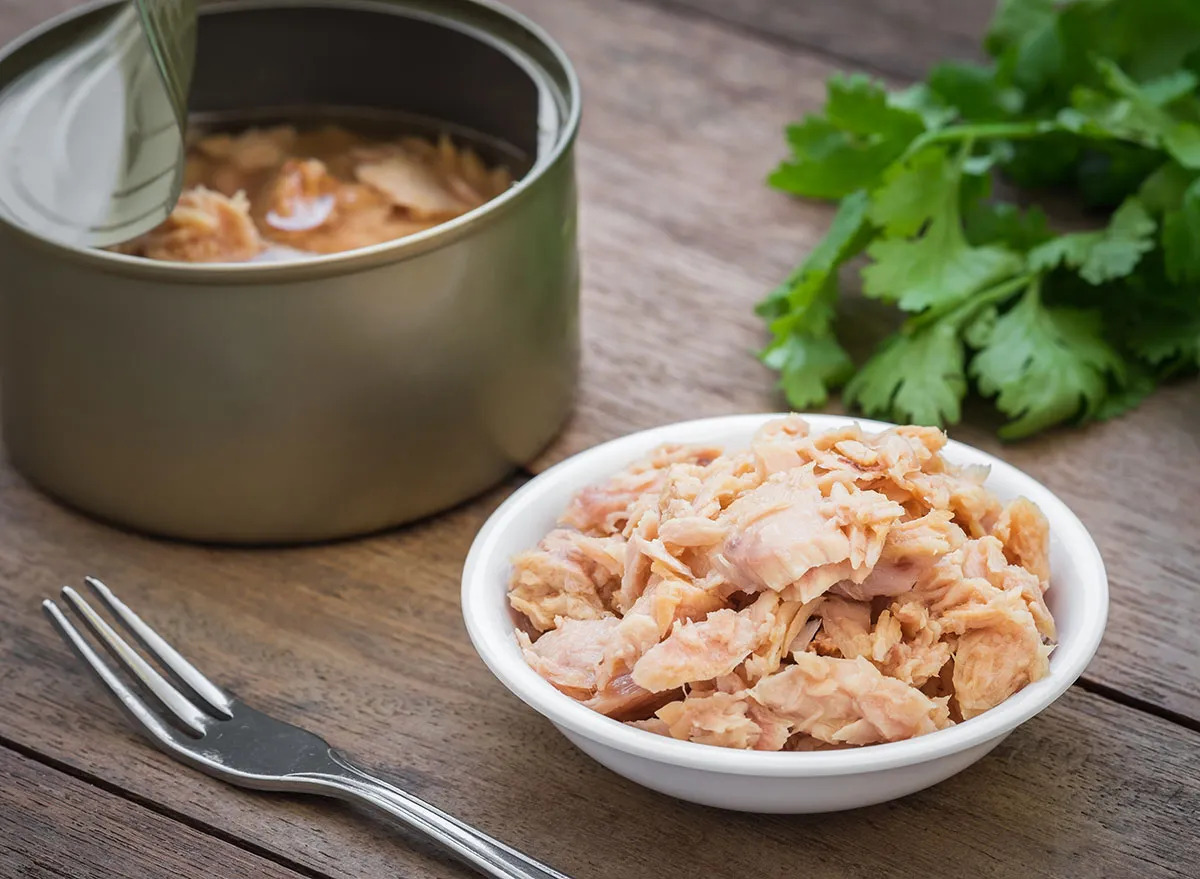
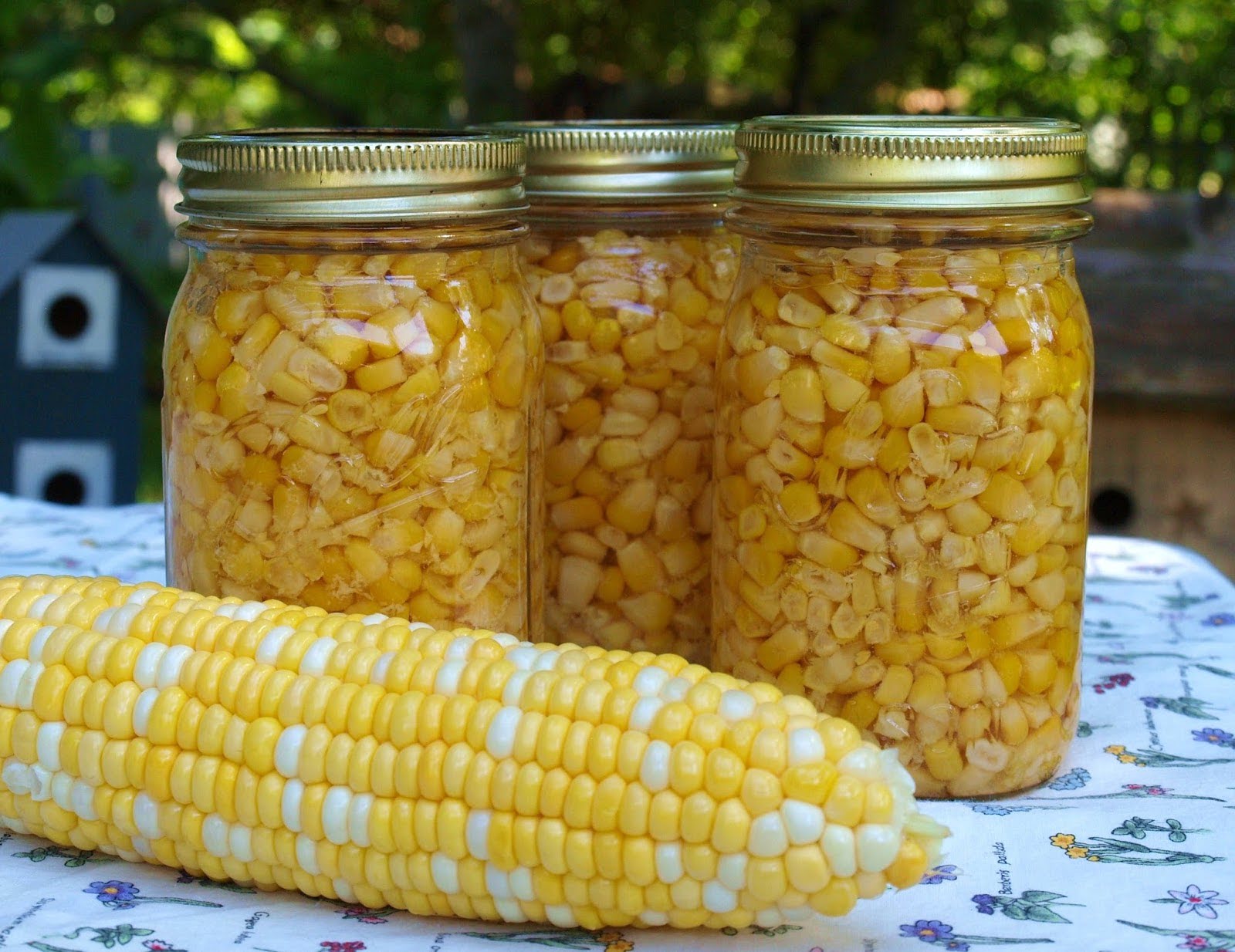
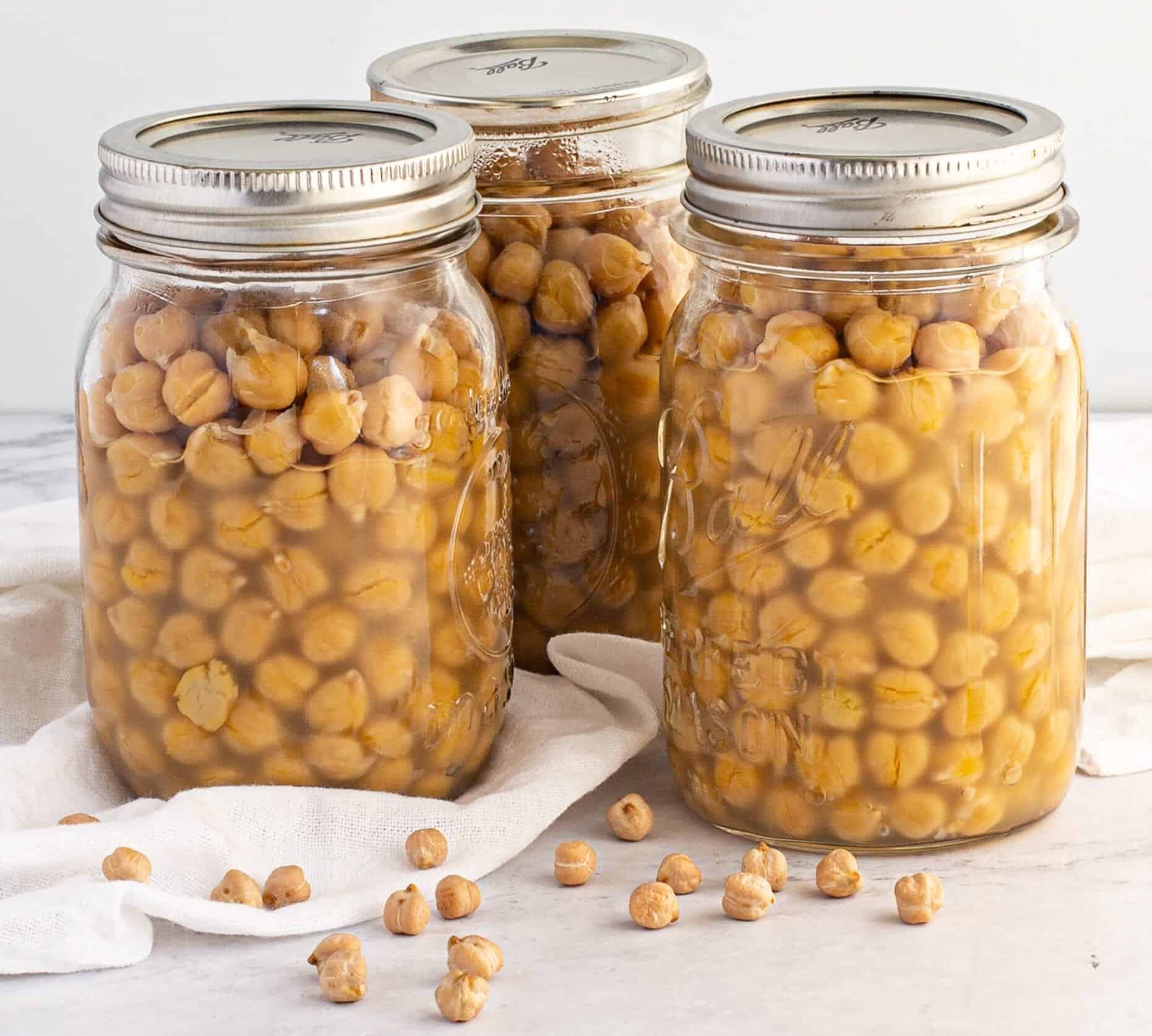

0 thoughts on “How To Store Canned Goods”